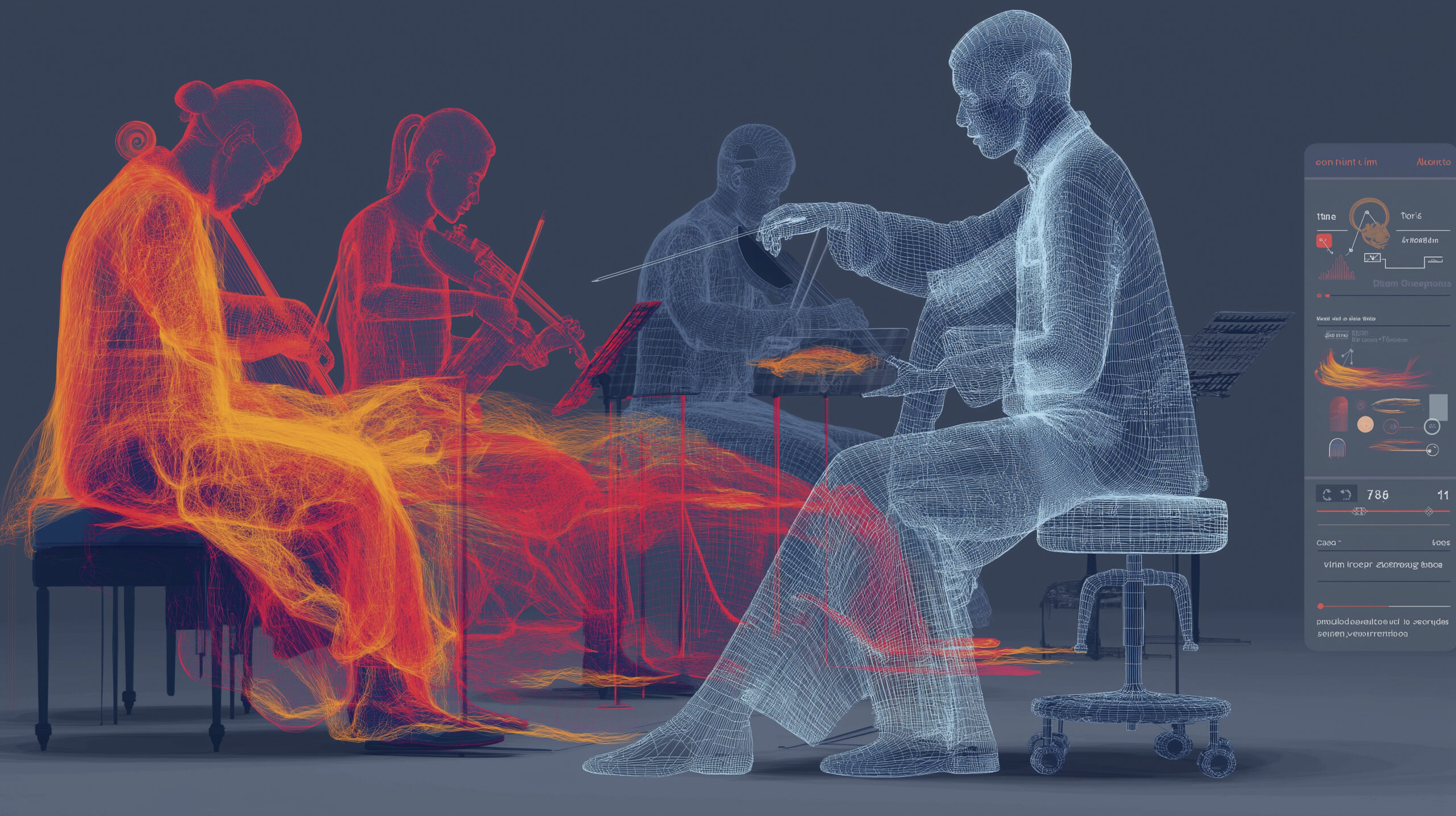I’m Chris, a strategist, lecturer, and facilitator working at the intersection of creativity, leadership, and innovation. Each week in my classroom, I see how new technologies, especially AI, both empower and mislead the next generation of innovators. What happens with my students often mirrors what I notice in organizations: the temptation to rely too heavily on the first answers technology provides.
The truth is simple: AI can spark ideas, but it cannot replace human judgment, vision, or the trust in AI innovation that leaders must cultivate. The real challenge isn’t whether we use AI, it’s how we integrate it responsibly.
Lessons from the Classroom
During a recent ideation workshop, my students were tasked with designing a start-up concept rooted in the ecosystem around them. The goal was to create meaningful interactions between partners. Some turned immediately to AI tools for quick answers. Instead of breakthroughs, they produced safe but uninspired lists of existing solutions.
In contrast, the groups that slowed down, reflected critically, and grounded their ideas in their own values produced far more compelling concepts. Some looked “crazy” at first, almost impossible. Yet history shows us that today’s impossible often becomes tomorrow’s breakthrough. That spark only emerges when 90% of the time is spent thinking deeply about the problem, and just 10% on generating creative solutions.
The Corporate Parallel
Corporate leaders face the same trap. Many organizations adopt AI as a shortcut, using it to generate strategies or insights without rigorous questioning. The risk is obvious: shallow, copy-paste solutions that may seem efficient but lack originality, trust, and long-term value. As Forbes highlights, in the age of AI, critical thinking is more needed than ever.
True leadership in the age of AI requires sequencing innovation differently. First comes clarity, trust, and alignment around the problem. Then comes creativity; often messy and unpredictable. Only then does AI become a powerful accelerator: validating, expanding, and scaling what people have already grounded in vision and values.

Practical Insights for Leaders
If you want AI to truly serve your innovation agenda, consider these practices:
Frame the problem first. Spend more time asking the right questions than chasing fast answers. This is a core focus of my Strategy Alignment & Innovation Bootcamp.
Encourage critical thinking. Challenge teams to test, validate, and stress-test AI outputs. That’s exactly what we practice in the Business Model & Value Proposition Workshop.
Build trust in people. Empower teams to bring their experiences, values, and emotions into the process. My Branding & Positioning Bootcamp is designed with this in mind.
Use AI as a partner, not the leader. Let technology amplify what humans create—not dictate the direction. As MIT Sloan Management Review explains, agentic AI at scale is redefining management for a superhuman workforce.
Conclusion
Trust in AI innovation doesn’t mean rejecting technology. It means knowing when, why, and how to use it. For leaders navigating this era, the task is to keep human creativity, critical thinking, and vision at the center, while letting AI enhance what makes the organization unique.
If we strike that balance, innovation becomes not only faster, but also more meaningful. For further perspective, see the World Economic Forum’s 5-step guide for companies to scale responsibly with AI.



